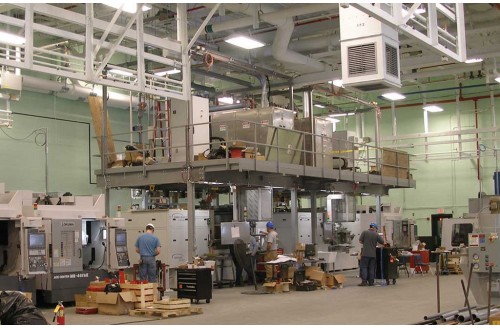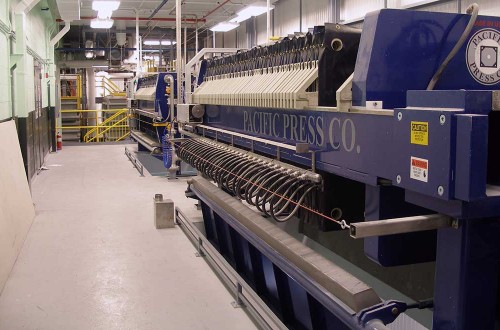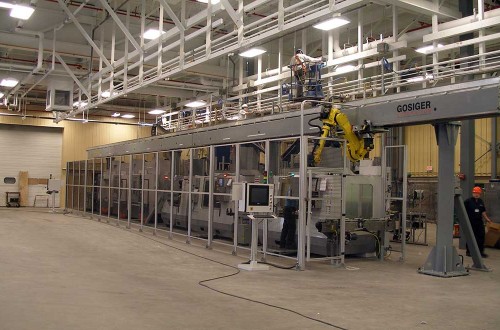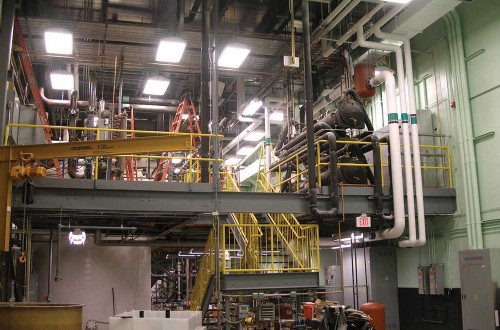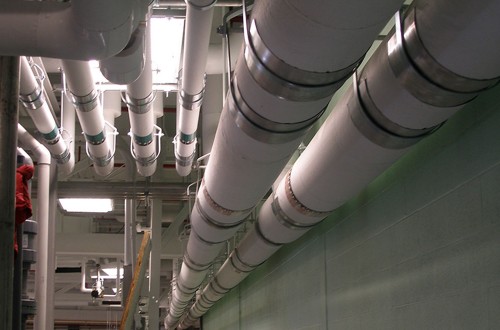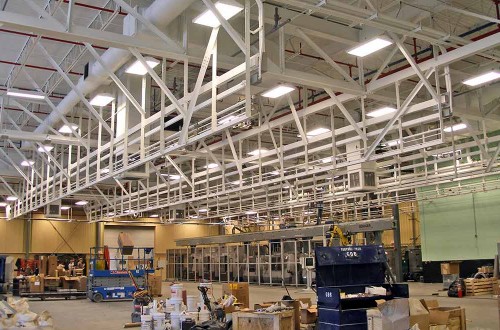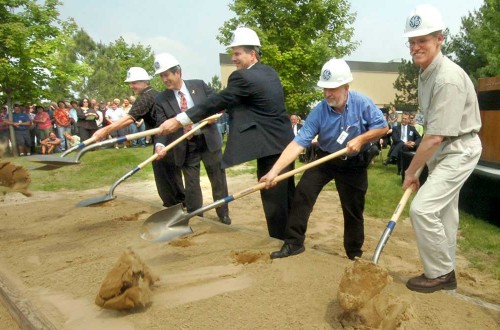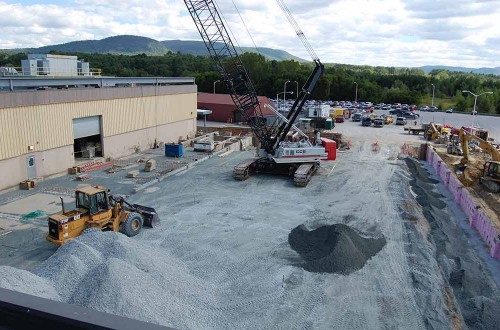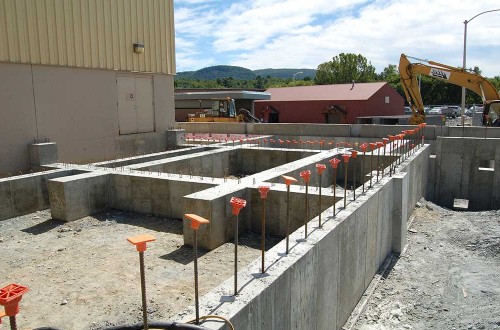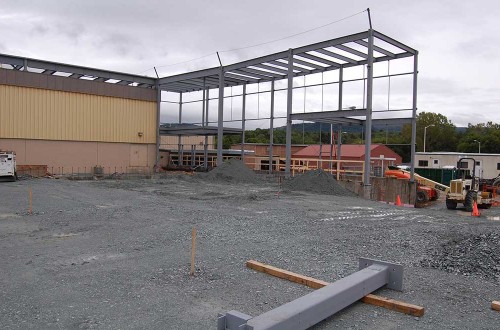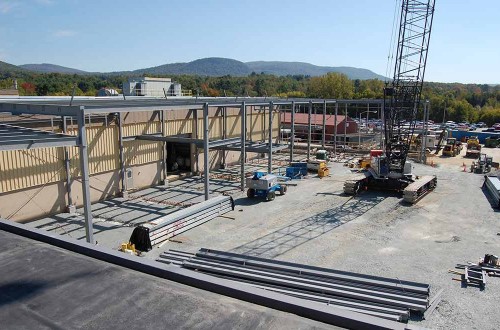General Electric Expansion
North Clarendon, Vermont
DuBois & King was the prime consultant leading a team to design a new 27,000-sf plant expansion to the General Electric (GE) Aviation plant in North Clarendon. Plant expansion provided needed capacity to support manufacturing low pressure turbine parts for GE’s next generation jet engine. The manufacturing process requires an electro-chemical machining (ECM) process and additional space was needed to accommodate process equipment and supporting systems.
Design services included: site, structural, mechanical, wastewater, and process engineering. The ECM process produces an electrolyte waste stream that requires treatment with technologies and equipment similar to the treatment processes utilized at municipal treatment facilities. Design and construction phases were successfully accomplished on a very tight time frame to meet manufacturing commitments.
Unit processes were specified by GE to meet their manufacturing performance demands and included high pressure/high temperature pumps, stainless piping, chemical feed systems, lamella clarifiers, sludge dewatering with plate-and-frame press, and sophisticated facility control systems.
Mechanical and plumbing system design included heating and ventilation for the process mechanical equipment rooms and manufacturing floor space, and process cooling. Heating and ventilation was accomplished with gas fired, roof top heating and ventilation units. The units included steam heating coils for spring/fall seasons to utilize existing steam plant capacity. Summer ventilation is accomplished with roof top supply and exhaust fans.
Design in support of the process systems included process cooling capacity for both their current and new electrical chemical machining systems by cooling towers (1,300 gallons per minute (GPM) current capacity and 1,550 GPM of new capacity) and by chilled water refrigeration systems (96 GPM current capacity and 650 GPM of new capacity). Design included phased installation to allow maintenance of current process cooling systems until the new cooling systems could assume the loads without losing any production time. The process system design also included continuous exhaust system capacity.
The project received an Engineering Excellence Grand Award from the American Council of Engineering Companies Vermont Section.

